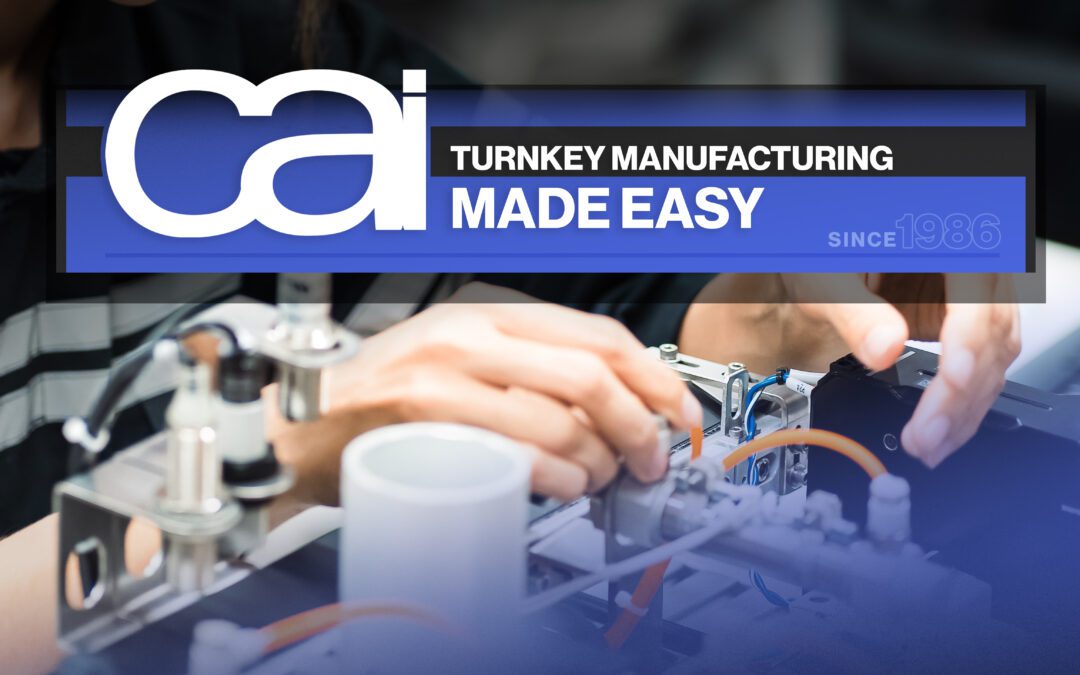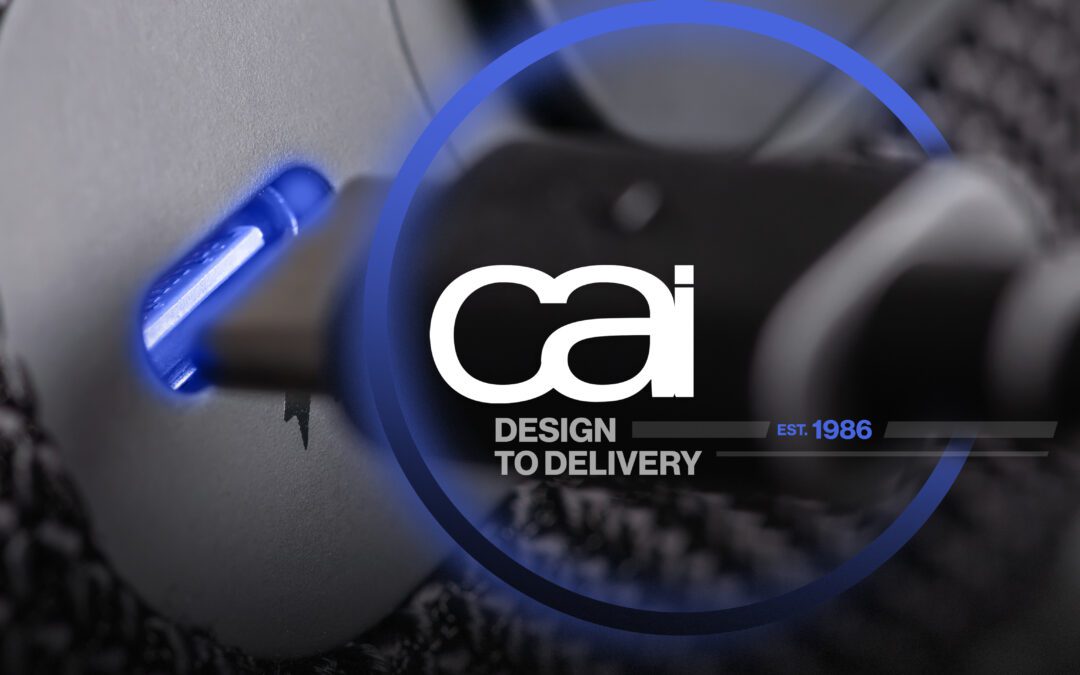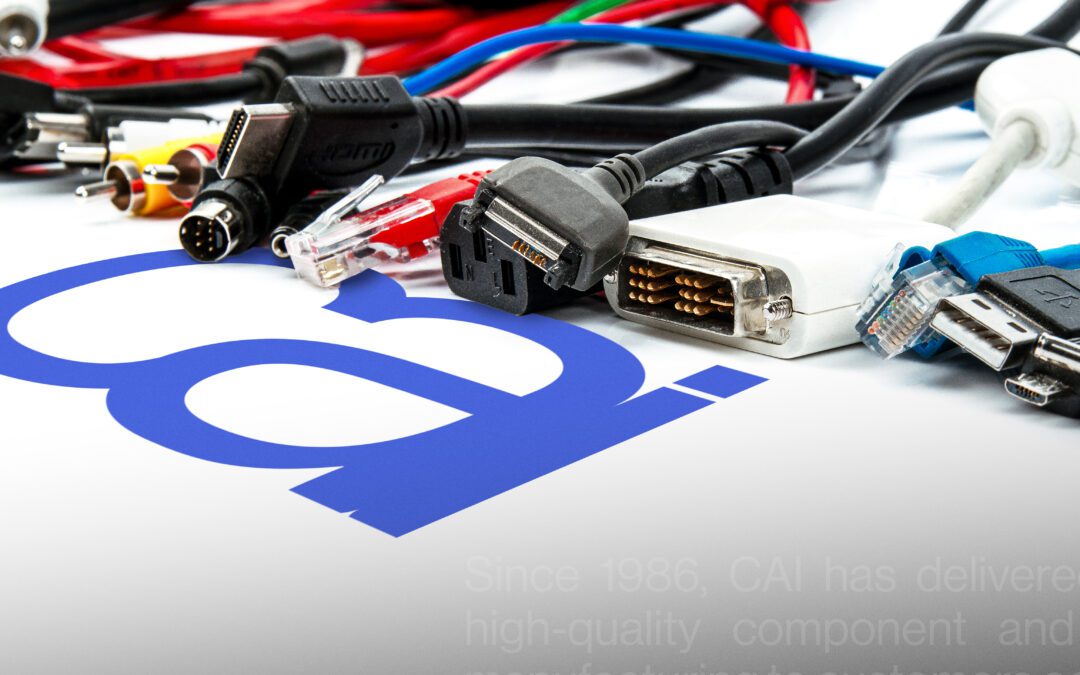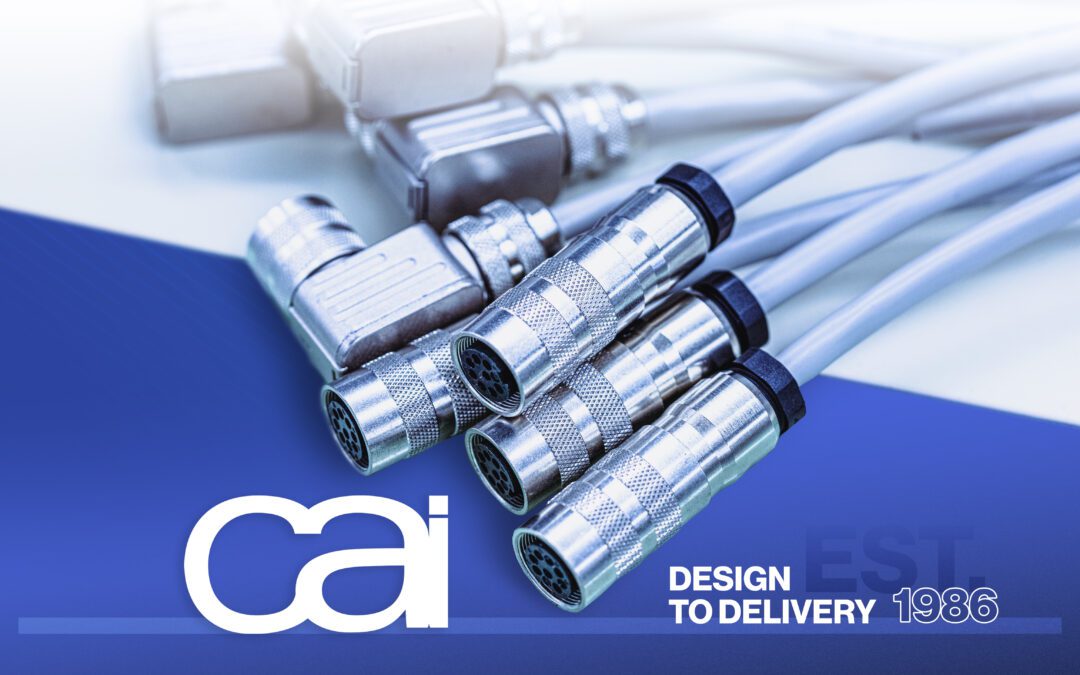For a Job Done Right, Trust an Expert Manufacturer With Your Custom Wire Harness Needs
As wiring has become much more complex over time, especially with the advent of new technologies, the design and assembly of wire harnesses has become an increasingly more intricate task than it was just a few decades ago. Today’s harnesses demand extreme care and expertise to ensure that they not only work properly but are safe to use. Just one mistake can lead to everything from poor performance to hazardous situations.
At CAI, we take great strides to make sure our wire harnesses are constructed with the utmost precision. Saving you both time and money in the long run, we’ll work with you to develop the proper design for your application and develop a prototype that you can test to resolve any issues before full-scale production takes place. Reach out to us today for all your wire harness, cable assembly, or custom component needs.
Here are eight of the most common mistakes to avoid when assembling a wire harness:
1. Wrong Wires
From wire sizes, or gauges, to the type of conductor (e.g. copper, aluminum, etc.), your unique application requires a unique wiring solution to ensure optimal safety and performance. Making sure the specifications are accurate and capable of meeting the needs of your application is a must. Experienced manufacturers choose high-quality wires that fit the job and assure reliable long-lasting harnesses.
2. Incorrect Length
For the unhindered flow of power and data, a wire harness must be the appropriate length, long enough to connect to its intended location in a safe and reliable manner. Whether through faulty measuring beforehand or faulty construction, a harness that’s too short isn’t going to cut it. Meanwhile, an overly long length can lead to clutter, lack of space, and troubles with transmission. That’s why it’s always best to double or even triple check your numbers before putting it down on paper.
3. Defective Wire
Wire damage can occur at any point from assembly through shipping, which means the harness’s integrity is compromised. When caught during inspection and testing damaged wire can usually be replaced.
4. Improper Connectors
While a harness may be the right length, it’s important that it has the proper connectors and that they match up with the inputs and outputs to which they’ll be attached (i.e. male to female and female to male). It may seem like a simple thing, but there are many different types of connectors. As a trusted and experienced manufacturer, CAI ensures harnesses are built to specification with the appropriate connectors for its application.
5. Joining Issues
Wire systems rely on the seamless transmission of electricity; therefore, the termination of wires — a crucial step in the assembly process — must be done properly to ensure the desired performance and avoid open or short circuits. Using the wrong tools or careless crimping or soldering can result in poor connections and product defects. Expert manufacturers take the time and care to make sure crimping, soldering, and welding are precise, operating with the best tools under optimal conditions while taking into account essential factors such as soldering temperature which, when ignored, can cause thermal damage or poor conductivity.
6. Missing Hardware
In the rush to meet deadlines, lesser manufacturers may overlook and leave out wires or other components, whether a screw, washer, or clamp, which inevitably leads to malfunctioning wire harnesses. Just like a car engine missing a crucial part likely won’t work properly, a wire harness missing a vital component is doomed for failure.
7. Overly Tight or Loose Ties
One of the final steps in the assembly process, tying the wires involves using plastic tie wraps to tightly hold the bundles together. This has to be done just right because over-tightening can damage wires and connectivity which leads to malfunction while under-tightening can fail to hold the bundles together and potentially lead to damage during shipment.
8. Deviation From the Drawing
To avoid most common mistakes, technicians and assemblers must strictly follow the assembly drawing which, as mentioned earlier, should be carefully crafted as well with sizes and numbers checked more than once. “Winging it” or making creative changes during the assembly stage isn’t an option.
The experts at CAI are trained to avoid these eight common mistakes among others, in order to produce a final product that clients can count on, time after time. From design to delivery, we treat each harness that we assemble with the diligence and precision it deserves.
Before your next wire harness project, contact us for the trusted guidance to get the job done right.





